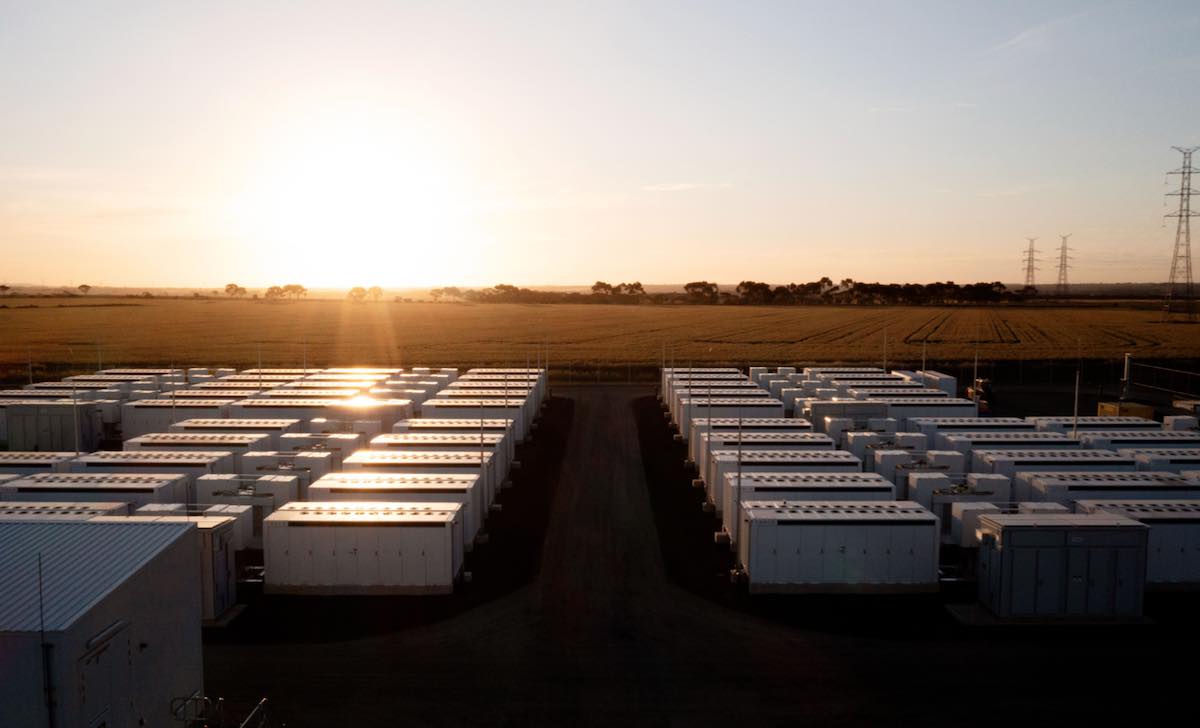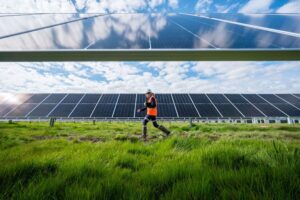The first large scale auction of dispatchable capacity in Australia’s new Capacity Investment Scheme has been 32 times oversubscribed by a massive pipeline of battery storage projects.
The auction, launched last December, is seeking 600 megawatts of new dispatchable capacity, with the equivalent of four hours of storage, or 2,400 MWh, in Victoria and South Australia.
But federal climate and energy minister Chris Bowen says that more than 19,000 MW of capacity was bid into the first stage of the auction process, or 32 times more than is being sought.
“The market response for this was huge. Massively oversubscribed,” Bowen said in comments released by his office ahead of a speech due to be delivered in Melbourne on Wednesday.
The result augers well for the federal government’s newly enlarged Capacity Investment Scheme, agreed by state and federal ministers last year, which will now seek 32 GW of new capacity, comprising 23 GW of wind and solar and 9 GW (and 36 GWh) of dispatchable capacity, or storage.
It is the key policy mechanism to get the country close to its target of 82 per cent renewables by 2030, which Bowen insists, as he told Renew Economy’s Energy Insiders podcast last week, is ambitious and achievable.
Bowen says that AEMO Services, which is conducting the CIS tenders across the country, has drawn up a list of shortlisted projects, which will be invited to submit financial offers before the end of May.
It is understood that the bulk, if not all, of the projects put forward in the auction are battery storage projects, as gas generators are excluded and winning projects must be operational by the end of 2027, making other storage technologies less able to compete.
It is the first, apart from an earlier expanded tender kicked off initially by the NSW government last year, of the newly enlarged CIS, and will be followed by an auction for six gigawatts of wind and solar capacity that will be launched in May, and then twice-yearly auctions of both renewable and dispatchable capacity.
The first auction focuses on Victoria and South Australia, with 200 MW and 800 MWh of capacity reserved for each state, and the remaining 200 MW and 800 MWh to go to the next best projects, in whichever state they are located.
South Australia is keen for more storage capacity as it seeks to move from its current level of 75 per cent wind and solar to its newly accelerated target of net 100 per cent renewables by 2027.
It currently hosts four operating big battery projects, with three under construction of commissioning, and needs more to replace the ageing gas plants that were built decades ago to back up coal.
Victoria has its own target of 95 per cent renewables by 2035, which will require finding the capacity to replace its three remaining coal fired power stations, Yallourn, Loy Yang A and Loy Yang B. Yallourn is due to close in 2028, and Loy Yang A by 2035.
The auction for dispatchable capacity is to be extended to Western Australian later this year, with about 500 MW to be on offer.
However, that state is already contracting more big battery projects – indeed the biggest in the country – to do a more specific task of time shifting the output of rooftop solar from the middle of the day to the evening peaks.
The success of that strategy of time shifting solar is already being seen in California, where battery storage has newly emerged as the often the biggest supplier of power in the evening peaks for periods of two and a half hours or more, with peak battery outputs of more than 6.6 GW being recorded in recent days.
Bowen says the short-listed projects in Victoria and South Australia have been chosen under “merit criteria” that focuses on the ability to provide significant system benefits, strengthen local supply chains, and promoting an efficient energysystem.
“We expect that projects will demonstrate benefits for local industry, communities, jobs and First Nations, as well as for the broader energy system and users,” he says in the speech.
“As well as delivering these benefits, it is worth noting the Capacity Investment Scheme is specifically designed to provide enough support to allow projects to operate sustainably in an environment of low energy prices.”
Bowen said more details will be released in a market brief for the tender that the department of climate change and energy will release in the coming week.









